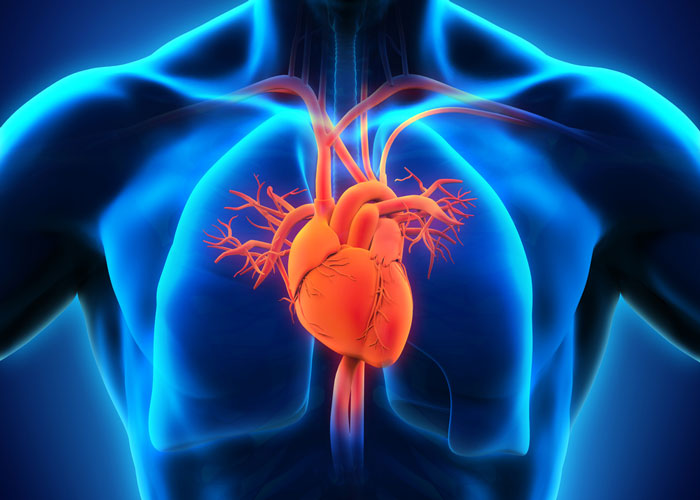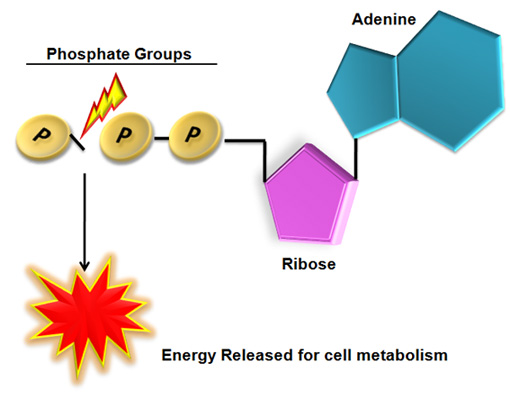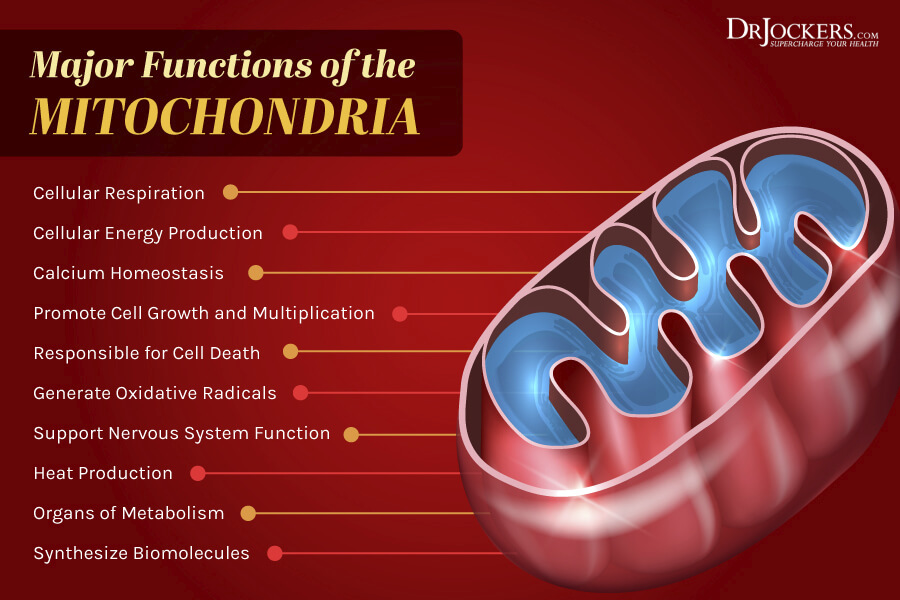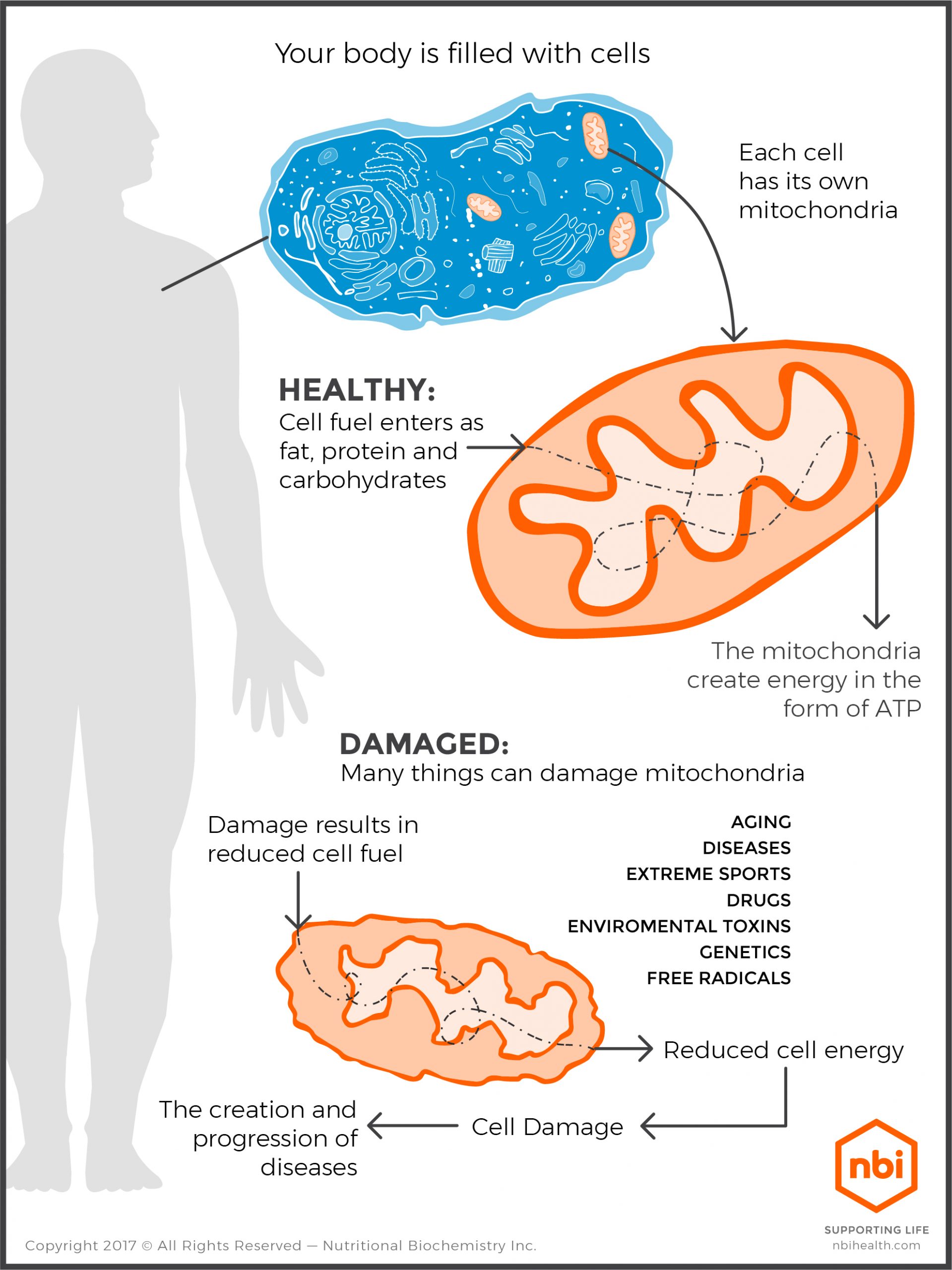
The heart is a muscle (cardiac muscle) critical to sustaining life and homeostasis. Such an organ serves as a pump, which propels blood towards the lungs and other tissues via associated vasculature (Reisner & Reisner, 2017). Cardiac muscle is designed to work in almost near perpetuity; other muscles (i.e., skeletal) are not always required to engage in such a constant and deliberate fashion. As such, aberrations in heart function can present serious consequences to an individual’s quality of life, and life itself. The following will consider heart dysregulation as it relates to mitochondria; the powerhouse of cardiac cells.

The heart is a bioelectrical/mechanical organ requiring generous levels of adenosine triphosphate (ATP) production to sustain demands that the body places upon it. Such an organ can require 6 kg to 30 kg of ATP/day(Kurdi & Booz, 2011). Furthermore, the heart relies heavily upon the oxidation of fatty acids, and some glucose, for ATP production. In order to produce such high levels of ATP (i.e., 6 kg to 30 kg), cardiac muscle requires a dense population of mitochondria. As such, 30% of the volume of cardiac muscle is that of mitochondria (Kurdi & Booz, 2011).

Since the mitochondrion produces ATP, and densely populates cardiac muscle, aberrations in its function can have deleterious effects upon the individual, such as heart failure (HF). As such, HR can be manifested by apoptosis (cell death), calcium dysfunction, and oxidative stress (Kurdi & Booz, 2011). Most relevantly, HF has also been associated with dysfunctions within cellular metabolism, specifically, dysregulation of fatty acid oxidation and cellular respiration (Kurdi & Booz, 2011).

Kurdi and Booz (2011) indicated that mitochondria should not be mistaken for non-dynamic organelles that produce energy. Rather, mitochondria are dynamic structures that experience cell division (fission) and fusion; an interplay that appears to be integral to optimal functioning of the mitochondria, though not fully understood (Kurdi & Booz, 2011). In normal homeostatic conditions, Kurdi and Booz (2011) stated that there is a near perfect balance between mitochondrial fission and fusion. However, an imbalance between both, or one, can lead to disruption in function leading to apoptosis contribution to muscle loss in cardiac muscle (Kurdi & Booz, 2011).

Mitochondrial dysregulation has helped provide a degree of clarity into observed changes in said organelle’s shape, number, and size amongst individuals with HF and cardiomyopathies (diseases that affect heart muscle) (Kurdi & Booz, 2011). Other mitochondrial anomalies occurring in those with HF includes changes in expressions of proteins within said organelle. In particular, Kurdi and Booz (2011) noted that alterations occurred within proteins necessary for substrate (i.e., fatty acids and glucose) utilization and oxidative protection. Other changes noted within the mitochondrial included a lack of respirasome (in canine models) negatively affecting oxidative phosphorylation, in addition to high levels of oxidative stress from reactive oxidation species (ROS). The challenge of mitochondrial dysfunction is deepened because they not only produce ROS; mitochondria are also likely targets of ROS from outside the organelle (Kurdi & Booz, 2011).
In conclusion, HF is a disease that is progressive in nature and a predominant cause of death within North America, and worldwide. Central to heart function, and survival, is the optimal density and functioning of mitochondria. Continued research within mitochondrial protein expressions and management of oxidative stress will be key in protecting individuals’ health and longevity.
References
Kurdi, M. & Booz, G. W. (2011). Focus on mitochondria dysfunction and dysregulation in heart failure: Towards new therapeutic strategies to improve heart function. Congestive Heart Failure, 17(6), 255-256.
Reisner, E. G., & Reisner, H. M. (2017). An introduction to human disease: Pathology and pathophysiology correlations (10thed.). Burlington, MA: Jones & Bartlett Learning.
-Michael McIsaac
